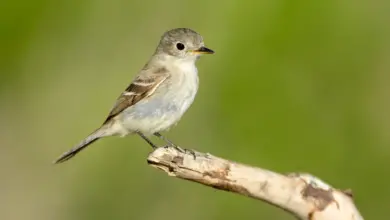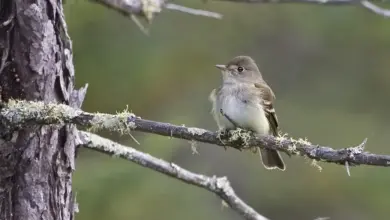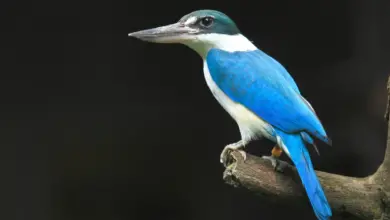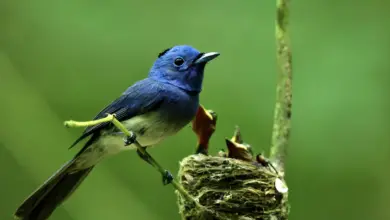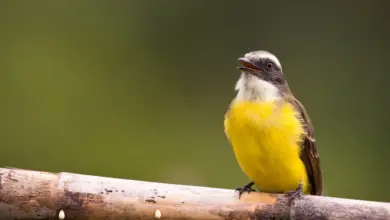Galapagos Flycatchers
The Galapagos Flycatchers (Myiarchus magnirostris) are also commonly referred to as Large-billed Flycatchers.
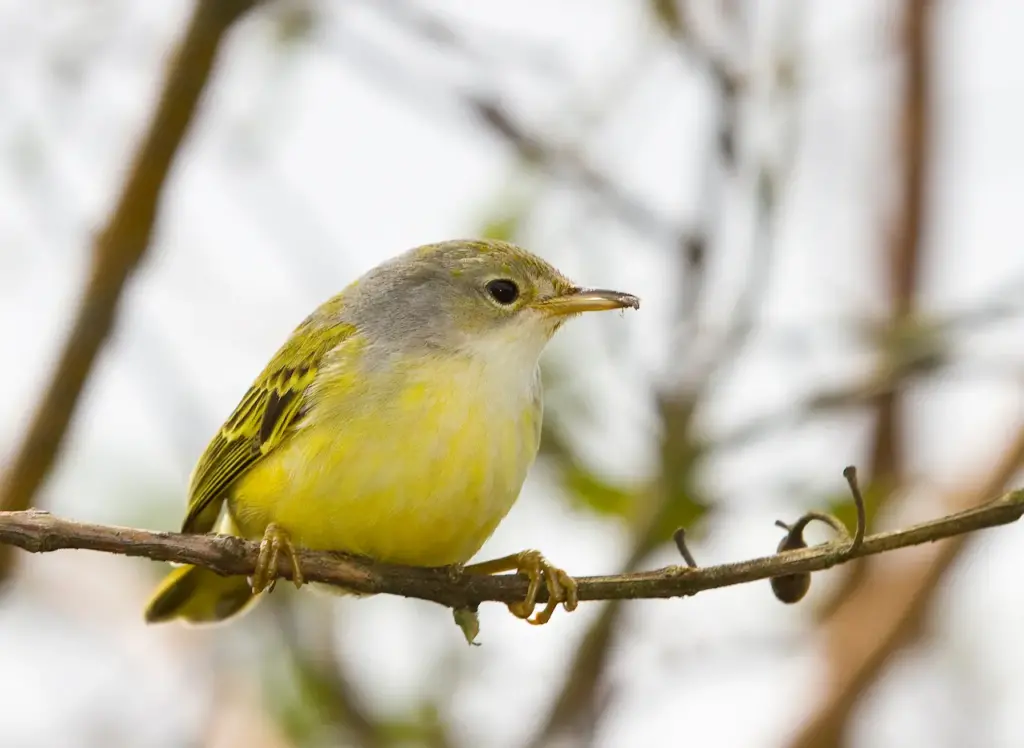
Distribution / Range
They occur naturally on the Galapagos Islands – a group of volcanic islands found west of continental Ecuador. These tyrant flycatchers are present on all the main islands.
Their habitats are tropical dry forests and shrubland with cacti.
They are mostly residents (non-migratory).
On hot, sunny afternoons, they are often observed taking dust baths.
Galapagos Flycatchers are usually found alone or – particularly when breeding – in pairs.
Description
Galapagos Flycatchers are the smallest members of the bird genus Myiarchus, measuring about 5.9 – 6.3 inches (15 – 16 cm) in length, including the tail.
The upper plumage is dull brown, except for the rufous rump (lower part of the back) and tail. The plumage below is brownish-yellow (ochraceous) ranging to orange, and the throat is whitish.
Males and females look alike, but young birds have rufous edgings to the wings and tail.
Nesting / Breeding
Breeding occurs throughout the year; however, most nesting activities are observed between January and March (the hot, humid season). Some may nest as early as November or as late as May.
Their nests, constructed of vegetable matter, are typically placed into the cavities of trees or cacti – and in recent years these birds appear to have adapted to living in urban areas by nesting in hollow concrete power-line poles, accessing the hollow from the opening at the top (Ervin 1994). These nests are lined with soft plant material, feathers (such as chicken feathers), feathers down, and hair. Breeding birds are known to collect and even pull hair from mammals (goats and cattle) and even attempt to do so from humans. Lanyon (1978) observed breeding birds landing on the shoulders of tourists and pulling on long hair.
A clutch consists of 3 – 5, up to 6 brown-marked buff eggs. The young fledge when they are about 13 days old.
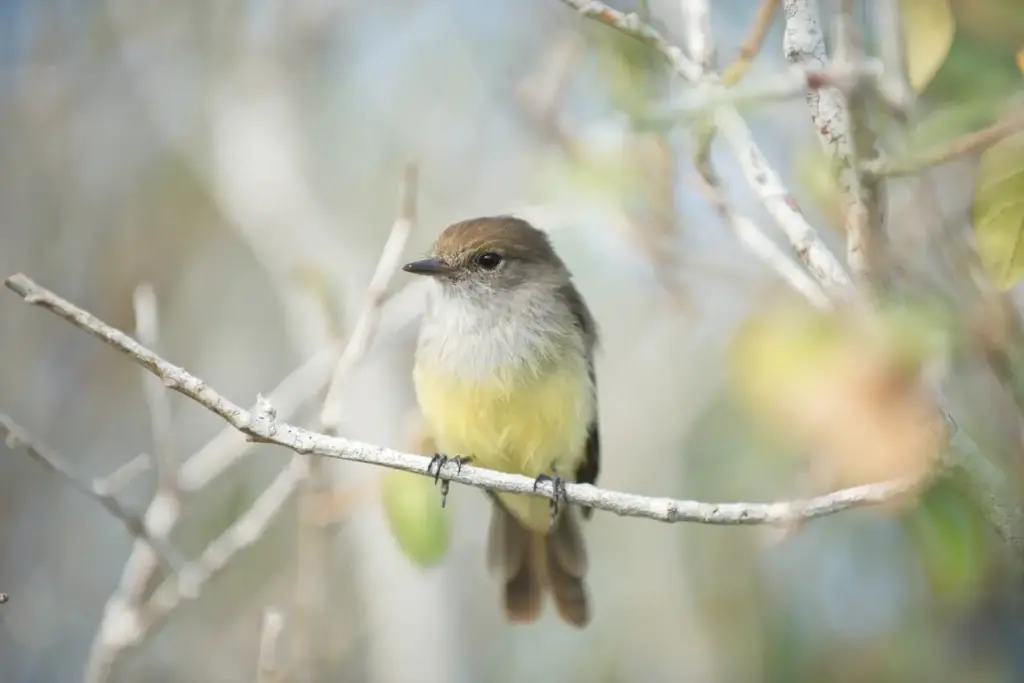
Diet / Feeding
They mostly eat flying insects caught by flycatching among the middle branches of trees; as well as caterpillars and other sedentary arthropods. They also feed on the fruits of Tournefortia spp., particularly T. rufosericea typically obtained by hover-gleaning. They may also feed on the ground, more so than is typical of the other members of genus.
Galapagos flycatchers tend to be confiding and curious and show little fear of humans. They may even enter buildings in their pursuit of insect prey.
Alternate (Global) Names
Czech: Tyran galapážský … Danish: Galapagosskovtyran … Dutch: Galapagostiran … Finnish: Galapagosinnapsu … French: Tyran des Galapagos … German: Galapagos Tyrann, Galapagosschopftyrann, Galapagostyrann … Italian: Pigliamosche beccogrosso, Pigliamosche delle Galapagos … Japanese: garapagosuhitakimodoki … Norwegian: Galapagostyrann … Polish: mucholap wielkodzioby, mucho?ap wielkodzioby … Russian: ????????????? ??????????? ?????? … Slovak: postriežkar ve?kozobý, postriežkár velkozobý … Spanish: Atrapamoscas de los Galápagos, Copetón de Galápagos, Copetón piquigrande … Swedish: Galapagostopptyrann

